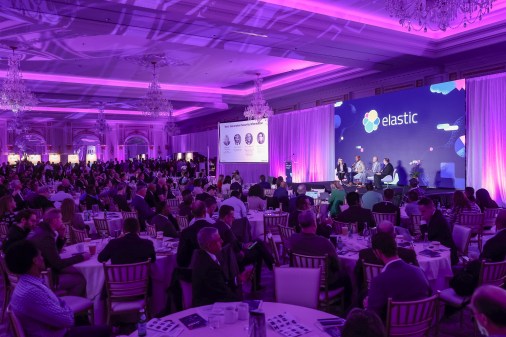GSA points to Alliant 2 success for future of industry engagement

As federal agencies and industry vendors work together to improve their communication during acquisitions, the General Services Administration thinks its most recent mega IT contract could provide a model for success.
GSA’s Casey Kelley said at an ACT-IAC event Wednesday that the recently awarded governmentwide Alliant 2 contracts could serve as the prototype for good engagement with industry in future contracts.
“Any feedback and input from industry is so important… [for] a vehicle this broad in terms of scope,” said Kelley, director of customer engagement in the Office of the Information Technology Category in GSA’s Federal Acquisition Service.
Alliant 2 and its small business counterpart — Alliant 2 SB, which was awarded to 81 contractors last week — represent a combined $65 billion in potential IT resources for federal agencies. Because of the contract’s massive size, Kelley said, GSA began crafting a series of communication channels to engage industry five years prior to awarding the contract, including a blog to post questions to stakeholders.
“Through the course of four or five years, 38 different questions were posted on that to try and get information, to get input and feedback, which we strongly considered as we were shaping and structuring this solicitation,” he said.
GSA also used an industry working group to promote outreach through monthly conference calls with trade organizations and public-private partnerships, like ACT-IAC, to increase input, as well as a customer working group to get agency insights.
Most important, Kelley said, was the addition of a requirement that allowed contractors to submit a self-scored evaluation based on objective criteria to determine their eligibility for the contract.
Those efforts, combined with what Kelley described as more than 300 meetings with industry and GSA’s small business teams, provided the agency with not only valuable feedback, but it also telegraphed the status and direction of the contract to industry to prevent any discord.
“There was an evolution of how this requirement started and what it ultimately came to,” Kelley said. “By the time the final [request for proposal] was issued, you’d have to have been literally living in a cave, if you were interested in this acquisition, if you were not aware of what that final requirement was going to look like. Because we were so transparent, we were so interactive with industry and government to shape it, considering all the information and feedback.”
But despite that engagement, when GSA awarded Alliant 2 to 61 vendors in November, a wave of protests followed. While Kelley didn’t address the status of ongoing protests, he did say that because of the transparent acquisition process, GSA quickly won a series of pre-award protests regarding earlier requests for information.
Kelley said the Alliant 2 model of engagement could possibly be applied to things like task orders, once both contracts clear any existing protests. The self-scoring methodology — which was first developed by GSA’s One Acquisition Solution for Integrated Services, or OASIS, team — has now been used on several contract vehicles.
“You’ve got to be careful here,” he said. “We’ve been asked to develop a template of best practices. We are going to wait to do that until these have been awarded.”






